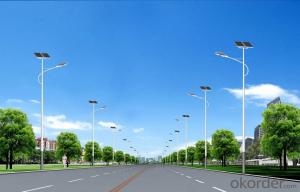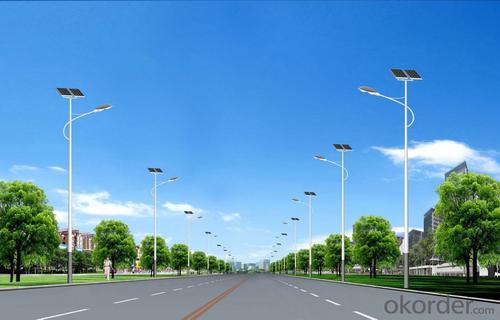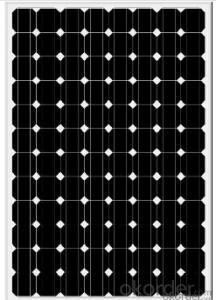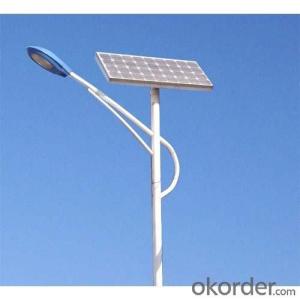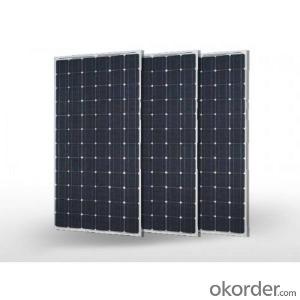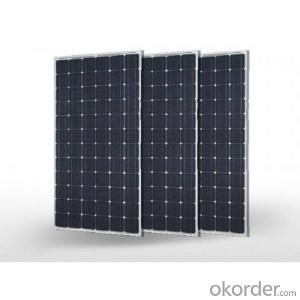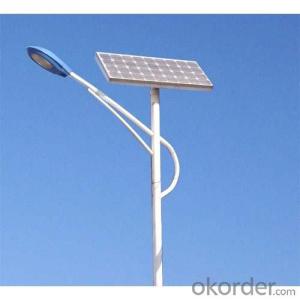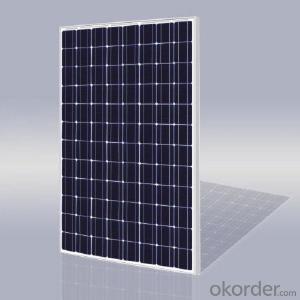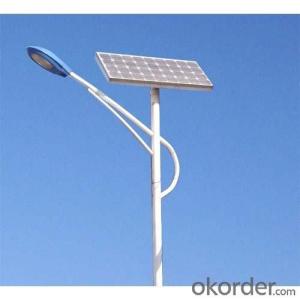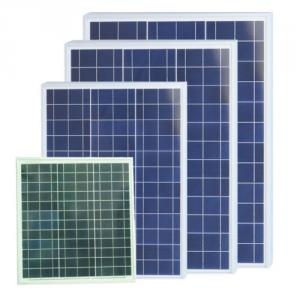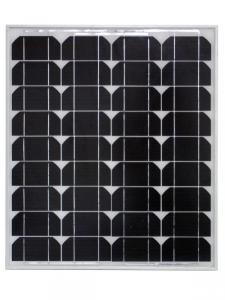High Quality Solar Tracking Solar Panels - New Energy Ur9080
- Loading Port:
- Shanghai
- Payment Terms:
- TT OR LC
- Min Order Qty:
- 90 watt
- Supply Capability:
- 900000 watt/month
OKorder Service Pledge
OKorder Financial Service
You Might Also Like
Specification
1, Product desciption
Inverter circuits designed to produce a variable output voltage range are often used within motor speed controllers.
The DC power for the inverter section can be derived from a normal AC wall outlet or some other source. Control and feedback circuitry is used to adjust the final output of the inverter section which will ultimately determine the speed of the motor operating under its mechanical load.
Motor speed control needs are numerous and include things like: industrial motor driven equipment, electric vehicles, rail transport systems, and power tools. (See related: variable-frequency drive ) Switching states are developed for positive, negative and zero voltages as per the patterns given in the switching Table.
The generated gate pulses are given to each switch in accordance with the developed pattern and thus the output is obtained.
If the electric needs to be brought to the area, how much is this going to cost? Depending on how far the grid electric is from the location of the needed lighting, this can be quite expensive.
How much lighting is needed on the street? Do the lights need to be dark sky compliant.
Do the street lights need to run from dusk to dawn or for only a specified number of hours at night.
Are the street lights able to dim in the middle of the night and still provide enough lighting.
These questions need to be answered before you can decide on how many lights you will need to complete the project.
A magnifying glass can be used to heat up a small amount of water.
The short piece of copper tube is sealed at one end and filled with water.
And magnifying glass is then used to warm up the pipe.
Using more than one magnifying glass will increase the temperature more rapidly.
2, Features of the product
Inverters convert low frequency main AC power to higher frequency for use in induction heating.
To do this, AC power is first rectified to provide DC power. The inverter then changes the DC power to high frequency AC power. Due to the reduction in the number of DC Sources employed, the structure becomes more reliable and the output voltage has higher resolution due to an increase in the number of steps so that the reference sinusoidal voltage can be better achieved.
If the electric needs to be brought to the area, how much is this going to cost? Depending on how far the grid electric is from the location of the needed lighting, this can be quite expensive.
How much lighting is needed on the street? Do the lights need to be dark sky compliant.
Do the street lights need to run from dusk to dawn or for only a specified number of hours at night.
Are the street lights able to dim in the middle of the night and still provide enough lighting.
These questions need to be answered before you can decide on how many lights you will need to complete the project.
2 ,High reliability with guaranteed +/-10% output power tolerance
3,Proven materials,tempered front glass,and a sturdy anodized aluminum frame allow modules to operate reliably in multiple mountily configurations
4,Combination of high efficicncy and attractive appearance
The first thing to figure out is the length of road in need of street lights.
This can be a small entrance road only a couple hundred of feet long to miles of streets through an area. Does the area currently have any type of lighting available.
What is the reason for needing street lights in this area
Is the electrical grid already nearby or would you need to call in the power company to bring in electrical lines.
If the electric needs to be brought to the area, how much is this going to cost? Depending on how far the grid electric is from the location of the needed lighting, this can be quite expensive.
How much lighting is needed on the street? Do the lights need to be dark sky compliant.
Do the street lights need to run from dusk to dawn or for only a specified number of hours at night.
Are the street lights able to dim in the middle of the night and still provide enough lighting.
These questions need to be answered before you can decide on how many lights you will need to complete the project.
3, Detailed Specification
Data Sheet of High Quality Solar Controller Tracer-1210RN
ModelTracer-1210RN
Rated system voltage12/24V auto work
Rated battery current10A
Rated load current10A
Max.battery voltage32V
Max.PV open circuit voltage100VDC
Max.PV input power12V 130W;24V 260W
Self-consumption<10ma(24v)< p="">
Charge Circuit Voltage<=0.26v< p="">
Discharge Circuit Voltage Drop<=0.15v< p="">
CommunicationTTL232/8 pin RJ45
4, Product Image
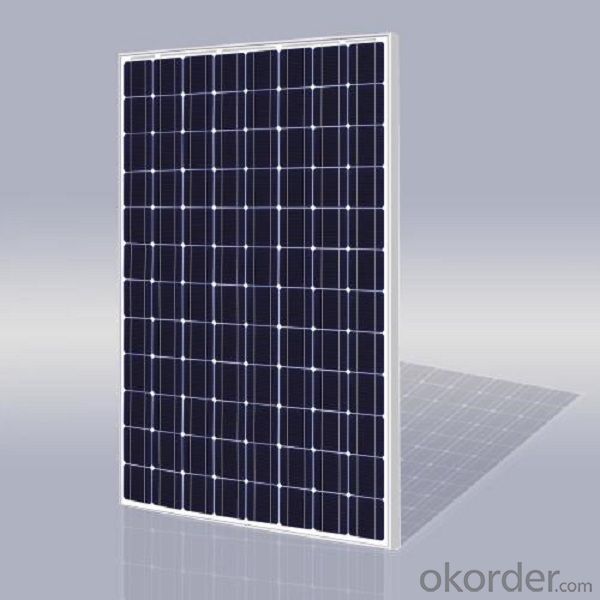
- Q: What is the difference between solar panels and light panels?
- Silicon solar cells are divided into monocrystalline silicon, polysilicon, amorphous silicon, silicon thin film solar cells and several. At present, the world's most widely used solar cells are silicon solar cells, in large-scale applications and industrial production is still dominated by the penetration rate of 90% or more, monocrystalline silicon solar cell photoelectric conversion efficiency of the highest technology is also the most mature.
- Q: Can solar panels be used for powering a marina or boating facility?
- Yes, solar panels can be used to power a marina or boating facility. Solar panels are a sustainable and efficient source of electricity that can provide clean energy to run various equipment, lighting, and charging stations at the marina or boating facility. Additionally, solar power can help reduce dependency on fossil fuels and lower operating costs in the long run.
- Q: Can solar panels be used in areas with high levels of humidity?
- Yes, solar panels can be used in areas with high levels of humidity. While high humidity can affect the performance of solar panels to some extent, it is not a significant barrier. Modern solar panels are designed to withstand various weather conditions, including high humidity. In fact, some studies suggest that solar panels can even benefit from the occasional rain or humidity, as it helps in cleaning off dust and dirt, thereby improving their efficiency. Regular maintenance and cleaning can further mitigate any potential impact of humidity on solar panel performance.
- Q: Can solar panels be installed on a warehouse or distribution center?
- Yes, solar panels can be installed on a warehouse or distribution center. In fact, these large, flat-roofed buildings are ideal for solar panel installations because they offer ample space and can generate a significant amount of renewable energy. Installing solar panels on warehouses or distribution centers can help reduce electricity costs, decrease carbon emissions, and contribute to a more sustainable energy system.
- Q: I know that the Solar panels store the power from the sun in the daytime, where does that stored energy go from there? Is it stored in the batteries? And how would you keep the batteries topped up if you had no Electric? by a generator? interested in solar panels for abroad, but need more info.
- solar panels collect the suns energy and turns that into electricity that is then stored in batteries. attached to the batteries is another device that takes the power from the batteries and turns it into power you can use in your house. it is a very expensive power alternative.
- Q: Can solar panels be used in areas with high levels of vandalism?
- Solar panels can be used in areas with high levels of vandalism, but additional precautions may need to be taken to protect them from potential damage.
- Q: wondering if i should get them?? not sure if its worth leasing? also anyone know anything about solar city?
- I have panels and they were very much a good investment for me. I should break even in my 6th or 7th year at the latest and they should last at least 20. There were somethings that made it a good investment. My system cost $26K, I got a $0K rebate from my utility and a $2K fed tax credit (it's up to $7800 for this size system now). I also live in a sunny location and have a south facing roof. Plus I plan on living in my house till I die. If you really want to know if it makes good financial sense then get a no obligation quote from a reliable installation company. They will be able to recommend a system that will suit your needs, know about any rebates or tax credits and how much energy your system should create. With all that, your energy usage history and your current rates they will be able to tell you how long it will take for your system to pay for it's self in savings. If you are considering leasing, generally there is no cost savings. They usually size the system so you are paying them the same amount that you would have been paying the energy company.
- Q: Can solar panels be installed on a community center or social gathering place?
- Yes, solar panels can certainly be installed on a community center or social gathering place. In fact, these locations are ideal for solar panel installations as they often have large roofs or open spaces that receive ample sunlight. Installing solar panels on such facilities not only helps to reduce electricity costs but also promotes sustainability and environmental awareness within the community.
- Q: What is the impact of roof shading on solar panels' efficiency?
- Roof shading has a significant impact on the efficiency of solar panels. When a roof is shaded, whether by nearby trees, buildings, or other obstructions, it reduces the amount of sunlight reaching the panels. This shading creates areas of lower or no sunlight, resulting in decreased energy production. Therefore, minimizing roof shading is crucial to maximize the efficiency and overall performance of solar panels.
- Q: what kind of degree do i need to get in order to know everythin about installing solar panels for houses?
- I want to warn you that very few people will need your service. Solar panels look horrible, and do very little. If it was me and i was interested in greener solutions, i would pursue a degree in environmental engineering. I think that in 0 years time that you will see roofers installing solar panels and your local contractor will be installing personal electric windmills. For this reason i do not believe that there will be much of a future in installing solar panels as a low barrier to entry will mean not much profit or job security.
Send your message to us
High Quality Solar Tracking Solar Panels - New Energy Ur9080
- Loading Port:
- Shanghai
- Payment Terms:
- TT OR LC
- Min Order Qty:
- 90 watt
- Supply Capability:
- 900000 watt/month
OKorder Service Pledge
OKorder Financial Service
Similar products
Hot products
Hot Searches
